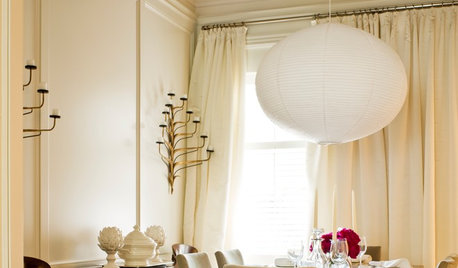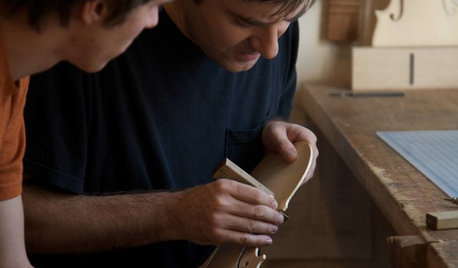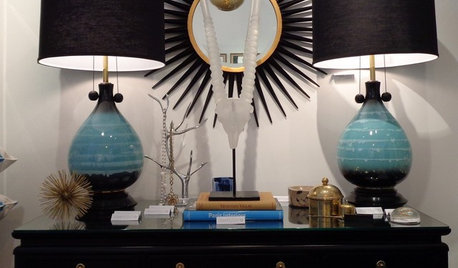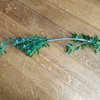August jewelry
wieslaw59
12 years ago
Related Stories

COLOREvery Room Needs a Little Bit of Black
‘I’ve been 40 years discovering that the queen of all colors was black.’ — Pierre-Auguste Renoir
Full Story
EVENTSGet Inspired at the 40th Annual American Craft Council Show
In San Francisco this weekend? Celebrate modern design and craft at the West Coast’s largest show of handmade creations
Full Story
DIY PROJECTSAre You a Maker? There's a Fair for You
Get inspired, show your work or just enjoy the amazing creativity at events around the world devoted to the art of hand crafting
Full Story
EVENTSTreasure Hunting at Texas' First Monday Trade Days
Check out some of the antiques, art and collectibles on offer at one of the largest flea markets in the U.S.
Full Story
MODERN STYLEThe Best Design Shopping in Palm Springs
Don’t miss these insider-favorite design shops and a one-off warehouse sale if you’re heading to Modernism Week
Full Story
LIFE3 Ways to Get Unstuck — About Organizing, Decorating, Whatever
Break out of the do-nothing rut to accomplish your goals, whether at home or in other parts of your life
Full Story
COLORTurquoise Dreams and Beachy Things
Whether you sway toward South Pacific or float to a moodier blue, turquoise will land you on the shores of happy
Full Story
PRODUCT PICKSGuest Picks: Colorful Patterned Area Rugs for All Tastes
From subtly sophisticated to downright swirltastic, these area rugs will please the eye while cushioning the feet
Full Story
MOST POPULARHow to Create an Inventory, Whether You're Naturally Organized or Not
Documenting your home items is essential, even if disaster seems unimaginable. And it may be easier than you think
Full Story
DECLUTTERINGDownsizing Help: How to Edit Your Belongings
Learn what to take and what to toss if you're moving to a smaller home
Full StoryMore Discussions








eclecticme
eclecticme
Related Professionals
Clark Landscape Architects & Landscape Designers · Garden City Landscape Architects & Landscape Designers · Marina Landscape Architects & Landscape Designers · Middle Island Landscape Architects & Landscape Designers · Piqua Landscape Architects & Landscape Designers · Woodinville Landscape Architects & Landscape Designers · Milford Landscape Contractors · Alamo Landscape Contractors · Cicero Landscape Contractors · Fishers Landscape Contractors · Salem Landscape Contractors · San Antonio Landscape Contractors · Santa Maria Landscape Contractors · Yukon Landscape Contractors · Shenandoah Landscape ContractorsWendyB 5A/MA
gottagarden
wieslaw59Original Author
hostaholic2 z 4, MN
anitamo
wieslaw59Original Author
terrene
aftermidnight Zone7b B.C. Canada
crackingtheconcrete
terrene
rouge21_gw (CDN Z5b/6a)
arbo_retum
wieslaw59Original Author
wieslaw59Original Author
christinmk z5b eastern WA
yeonasky
terrene
wieslaw59Original Author
coolplantsguy
wieslaw59Original Author
Cher
flora_uk
franeli
sweet_betsy No AL Z7
wieslaw59Original Author
wieslaw59Original Author
NHBabs z4b-5a NH
gazania_gw
wieslaw59Original Author
NHBabs z4b-5a NH
wieslaw59Original Author
User
wieslaw59Original Author
Sammywillt